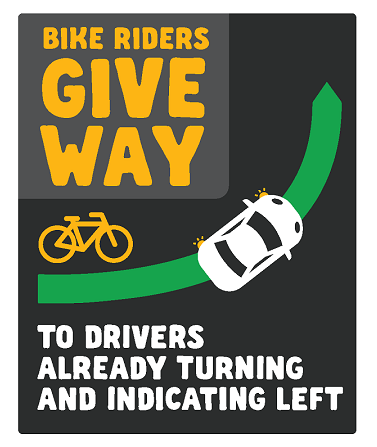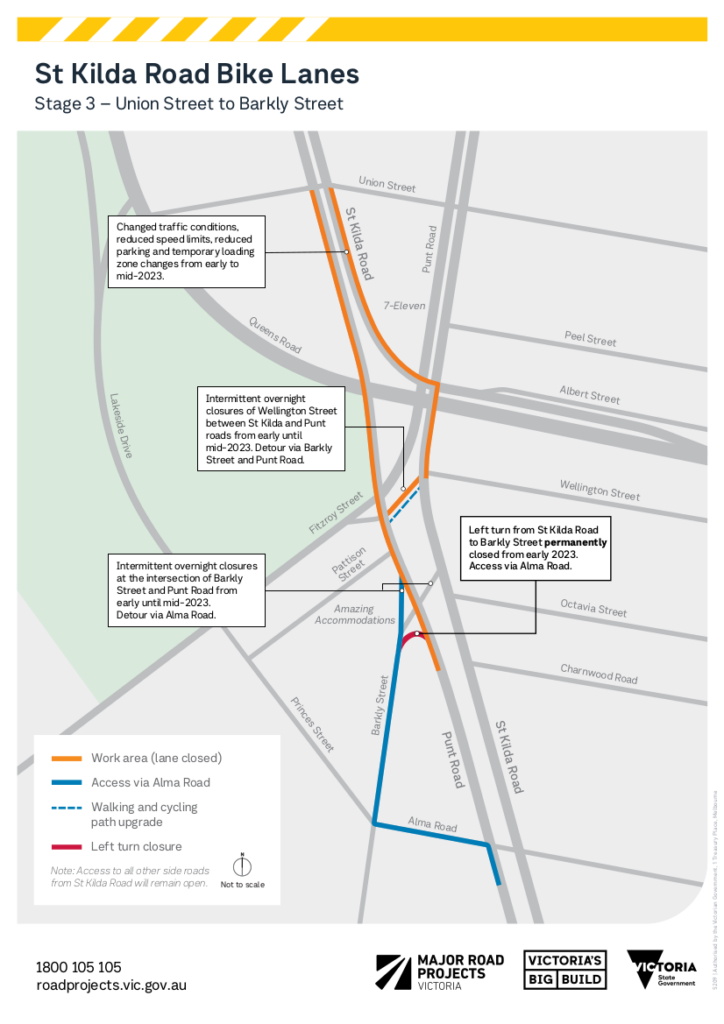Council will hear submissions on the Budget 2025-26 and Revenue and Rating Plan 2025-29 on Tuesday 17 June 2025. Meeting starts at 5.30pm and the budget is last item on the agenda, so it won’t start at 5:30.
Continue reading »This post is reposted from https://www.linkedin.com/pulse/melbournes-budget-needs-future-ready-plan-michael-smith-5pwuc/
Michael Smith was a candidate at the recent City of Melbourne elections and comments here on the draft 2025/26 budget for the City.
Continue reading »We sometimes get contact from “experienced” bike users who aren’t used to protected bike lanes. Originally raised on r/Melbournecycling, you can read all the anti-protected bike lane comments, as well as some suggestions to improve the new lanes.
Continue reading »Detailed recommendations are on the Streets People Love website.
Continue reading »Updated with details of construction and dates 19/2/2024.
Detailed information provided by City of Melbourne. This project has been in design for several years, waiting for Victorian Government Department of Transport approval.
Continue reading »City of Melbourne announcement:
Continue reading »January 2023, some detours, changes to road layout
Continue reading »
The rollout of protected bike lanes has left an old road rule out-of-date and incompatible with the new road layouts.
Continue reading »Late released agenda items for Tuesday night’s council meeting include proposals from staff to make parking free and unlimited in the City to “encourage visitation”. You can make a submission via https://www.melbourne.vic.gov.au/about-council/committees-meetings/meeting-archive/pages/Future-Melbourne-Committee-17-November-2020.aspx. Submissions must be made before 10:00AM Tuesday 17th November 2020. Agenda item 6.3, recommendation 16.3.
Continue reading »